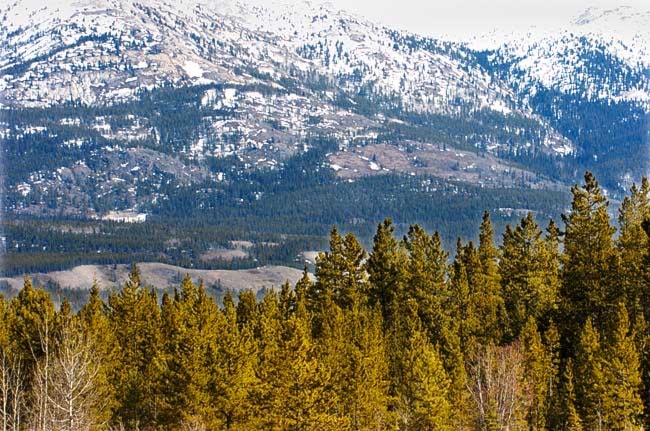The Yukon Conservation Society thinks that people living in the Yukon should be nervous about the forestry regulations that have been recently released for public consultation. Whether you are a trapper, logger, dog-walker, hiker, wilderness tourism guide or just a tree hugger, the conservation society thinks that you should pick up a copy of the draft regulations and look at them to make sure that they address the things you care about in Yukon forests.
All in all, the Yukon Conservation Society is disappointed with the proposed regulations. Last year when the Forest Resources Act passed through the legislature, people asked where the detail were. They were told that the act was only enabling legislation and that the details would be in the regulations. Now that conservation society has read the regulations we’re still left wondering where the details are. Unfortunately, the devil is in the details and the details seem to be getting further and further away from public scrutiny.
There is a regulation that sets limits for how much wood can be logged each year. These limits will be set for areas that don’t have an approved forest-management plan in place. Most of the forested areas in the Yukon fall into this category.
Although the proposed annual limits are not terrible, there is no guidance on where the logging will occur. It is conceivable that the forests with the biggest trees could be targeted first.
This is troubling, because these kinds of forests don’t just grow the biggest trees. They are also very productive for fish, wildlife and their habitat, for wilderness views and experiences, for fresh water, for biological diversity and for all of the people who depend on these kinds of services that forests provide. Surely, the regulations should identify areas that are not appropriate for logging. Unfortunately, it does not. But, it could—if enough people ask for it.
It is troubling that none of the draft regulations talk about how logging will occur in Yukon forests. Logging practices are the single-most factor that can reduce the effect that logging has on the other people who use the forest, like trappers and outfitters.
Since logging practices have not been detailed in the proposed regulations, there is nothing to stop old practices like clearcutting from happening. Clearcutting was the method of choice that was proposed last year for an area in the southeast Yukon. Perhaps no timber dispositions should be allocated until environmentally-responsible forestry practices have been developed.
It is also troubling that the Forest Resources Act allows the minister to unilaterally amend or cancel forest-resource management plans. Why would this clause be included if government intends to implement community-based forest management plans in good faith? Surely the regulations will specify rigorous criteria to guide the minister in making this decision. Unfortunately, they do not.
This is the last chance for the public to be involved in the development of these regulations. After the comments from the public have been considered, cabinet will finalize the regulations and they are expected to come into force in the fall 2009.
We understand that the forestry regulations will be out for public consultation over the summer months. A set of forestry standards will be released for targeted—but, not necessarily public—consultation around the same time.
If you are interested in more information, contact Sue at the Yukon Conservation Society at 668-5678.
This article was provided by Yukon
Conservation Society forestry
co-ordinator Sue Kemmett.
